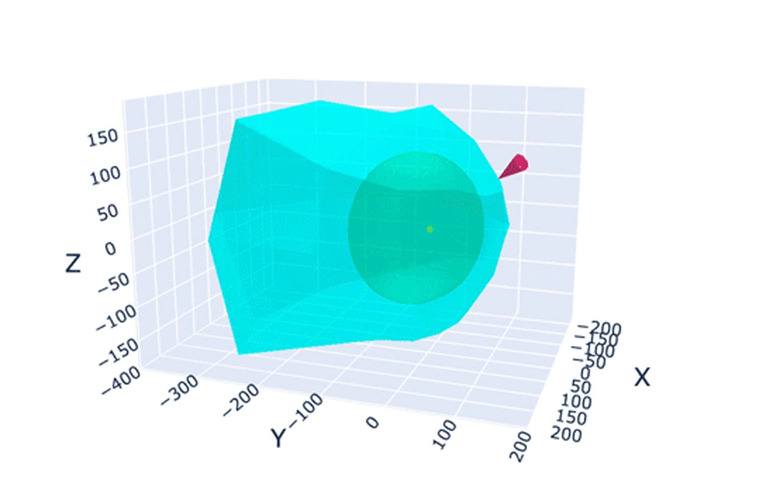Scientists Have Mapped The Boundary Of The Heliosphere For The First Time
The heliosphere is a protective bubble created by the solar wind and is comprised of a stream of primarily protons, electrons, and alpha particles. It extends from the sun into interstellar space and protects the Earth and our solar system from harmful interstellar radiation. Scientists have announced that they have been able to map the boundary of the heliosphere for the first time.
By mapping the boundary of the heliosphere, scientists gain a better understanding of how solar and interstellar winds interact. Researcher Dan Reisenfeld from the loss of Alamos National Laboratory is the lead author on the paper and says that physics models have theorized about this boundary for years. However, this marks the first time scientists have measured the boundary and constructed a three-dimensional map of the heliosphere.
Reisenfeld and his team used data gathered from the NASA Earth-orbiting Interstellar Boundary Explorer (IBEX) satellite that detects particles derived from the heliosheath, which is the boundary layer between the solar system and interstellar space. Researchers mapped the edge of that zone, which is an area called the heliopause.

In that region, the solar wind pushing out into interstellar space collides with the interstellar wind that pushes towards the sun. The measurement required the use of a technique that is said to be similar to how bats use sonar. Researchers use the sun's solar wind, which emanates from the sun in all directions, to create a map of the heliosphere.
IBEX satellite measurements of the energetic neutral atoms resulting from collisions between solar wind particles and particles from the interstellar wind were measured. Scientists on the project say the intensity of that signal depends on the intensity of the solar wind that strikes the heliosheath. Reisenfeld says that the solar wind "signal" emanating from the sun varies in strength and forms a unique pattern.
IBEX can see that pattern and the returning signal, but it takes between two and six years to receive that return signal. The time difference is how the scientists determined the distance to the energetic neutral atoms source region in any particular direction. That data was harnessed to build the three-dimensional map using data collected over a complete solar cycle spanning 2009 through 2019.
